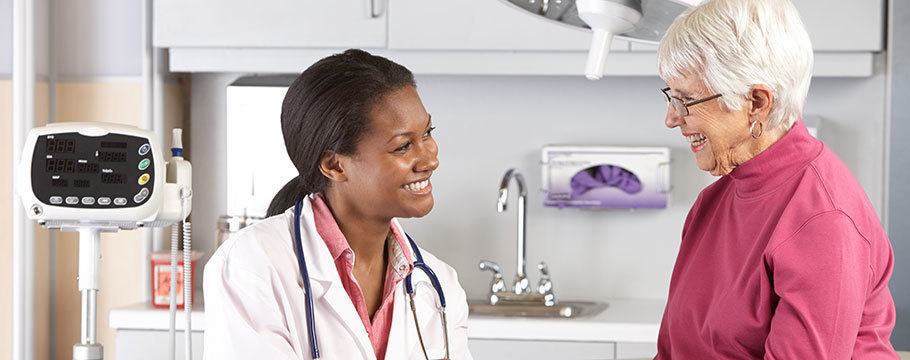
Reducing Patient Burden and Trial Complexity

PPD site collaborations and patient centricity experts discusses the importance of increasing patient centricity in trial programs.
Over the past 20 years, clinical trials have become much more complex: The average number of endpoints has increased by 86% and the number of eligibility criteria by 50%, according to CISCRP. Clinical trial complexity impacts patient eligibility, as well as increases the physician and patient burden due to the need for more visits, procedures and, ultimately, more data collection. Finding the time to schedule an annual physical is challenging for most individuals, never mind the weekly or monthly visits required by most trial protocols. Patients and caregivers struggle to manage work and family obligations along with clinical trial commitments. Given that reality, much improvement is needed in terms of reducing trial complexity and burden for patients and physicians. To do so, sponsors should consider home health and digitally or virtually enabled patient visits in lieu of onsite visits where possible. Or, alternatively, they should encourage their investigators to offer early morning, evening or weekend appointments to enable patients to complete study obligations outside of work and school hours.
Patient concierge services are an excellent way to support both patients and site staff by providing direct assistance for all study logistics. Concierge services go beyond simply arranging for patient transportation by also supporting visit reminders, providing thoughtfully coordinated outreach to patients to encourage them to complete diaries or questionnaires as well as to gather feedback on patient experience. By supporting patients with all non-medical aspects of study participation through a concierge service, site staff can spend more of their time caring for their patients. While training new physicians, engaging patients, optimizing protocols and patient-visit schedules and patient concierge services require additional time, effort, resources and money to implement, improved study performance justifies the initial undertaking.
Patient engagement is critical to understanding what it means to be a patient living with a medical condition and to improve the patient experience. By involving patients in protocol design, life science companies better understand the challenges and concerns patients face, in addition to what would constitute a meaningful benefit to them. Gathering patient and physician input for protocol and trial optimization, along with leveraging data sources, to evaluate protocol criteria against the actual patient population reduces protocol and trial complexity.
The industry is full of brilliant, well-intentioned individuals who know the scientific and medical aspects of a diagnosis, but only a patient living with that diagnosis knows what is most important to them. Most life science employees never interact with actual patients, making it difficult for employees to appreciate how they contribute to a positive, or more concerning, a negative patient experience. To an industry employee, prolonged contract negotiations with a site may not seem like a life-or-death issue, until one thinks of the patient who is waiting to access that clinical trial in hopes it will improve, or even save, his or her life. Connecting the patient with our work immediately elevates the significance of each task and activity. Every employee, irrespective of their role, should see and hear from the patients they are working to support.
Companies must keep patients front and center. At PPD, we celebrate our PPD heroes for the contributions they are making each day to improve the lives of others through clinical research. These heroes share their personal stories to spotlight the importance of clinical research in improving health and saving lives. For people facing illness, participating in a clinical trial can offer new opportunities for treatment they may not have had access to otherwise. We should all strive to understand what life is like for patients and caregivers so that we can do our jobs more effectively.